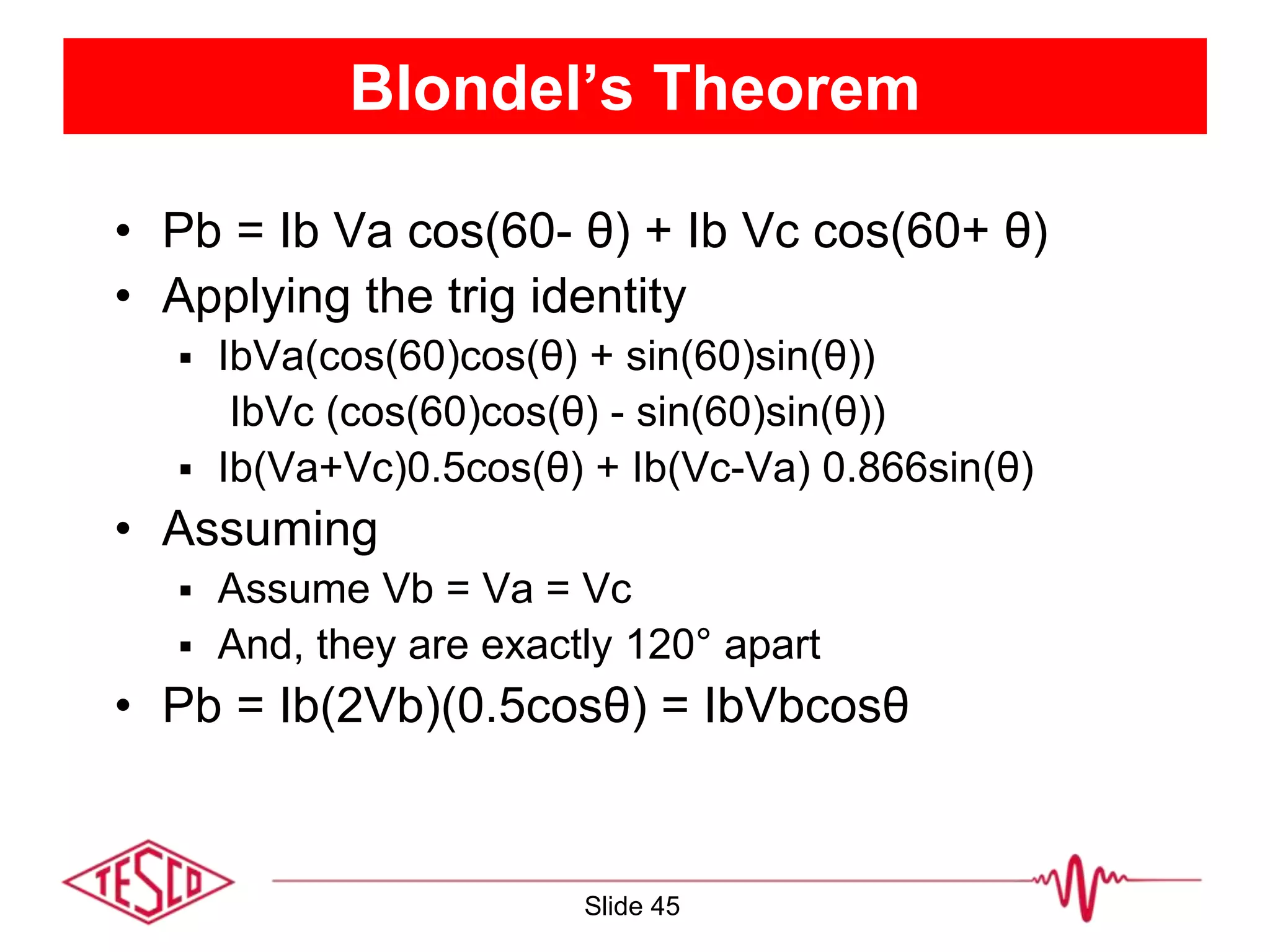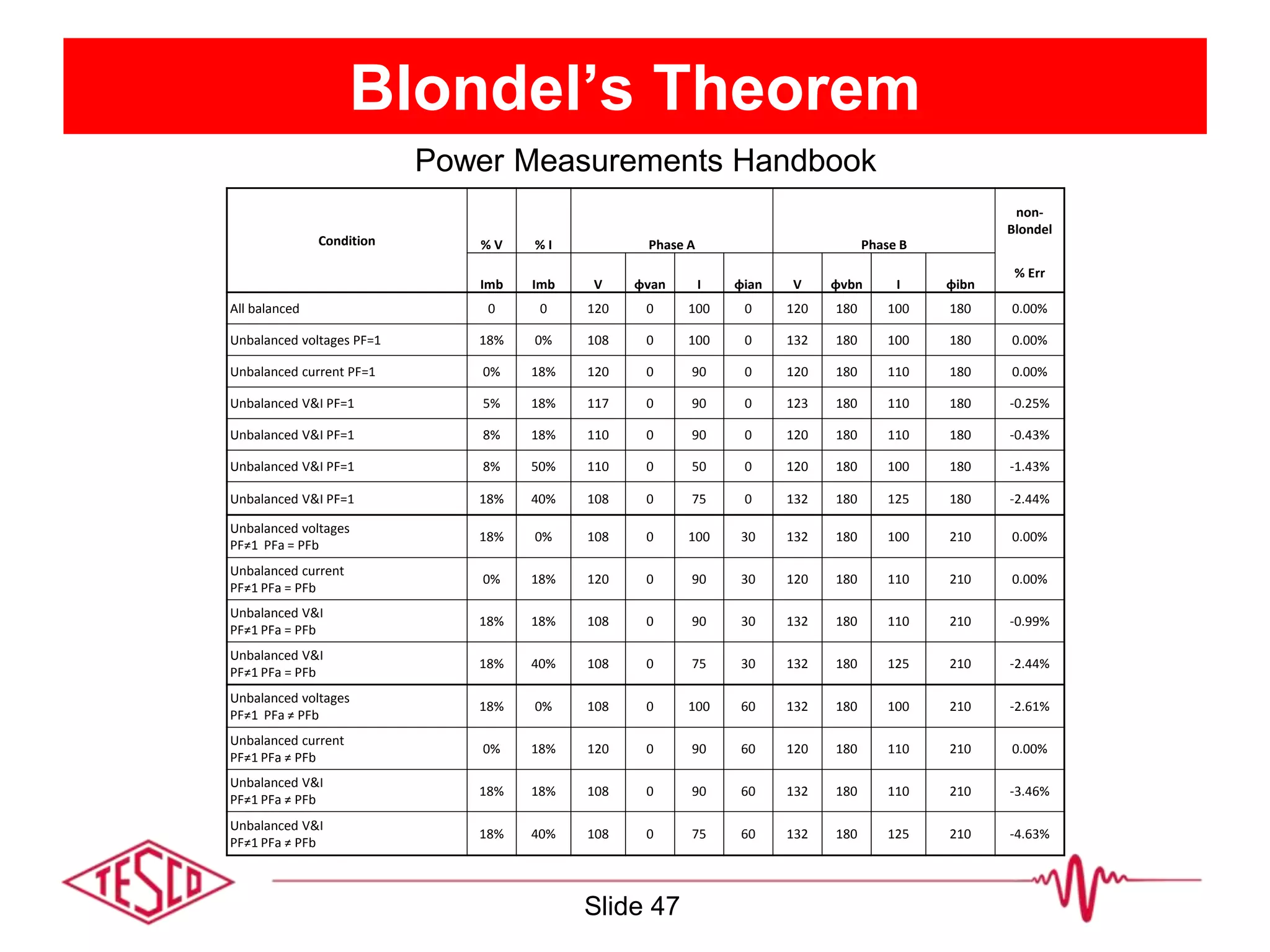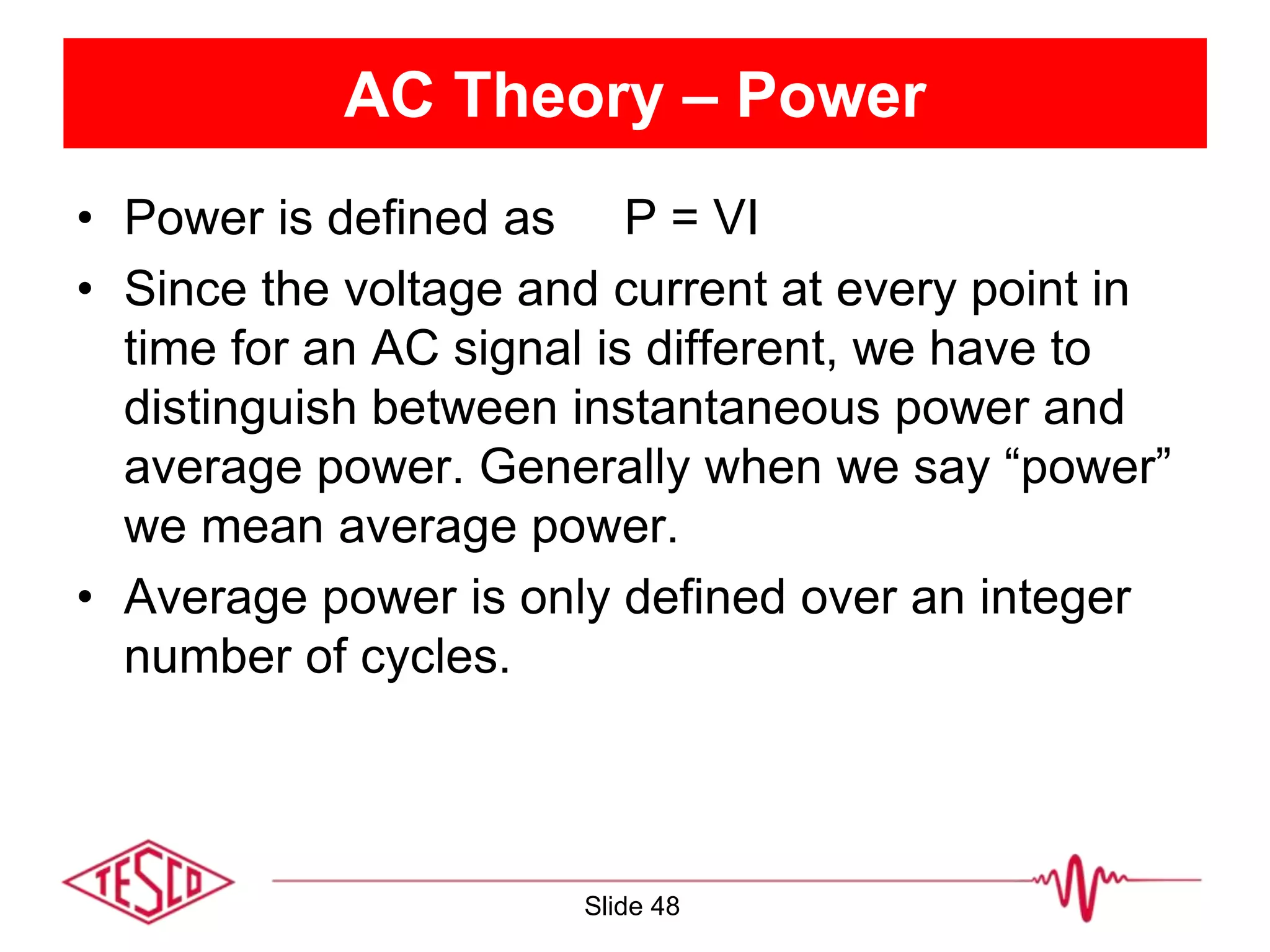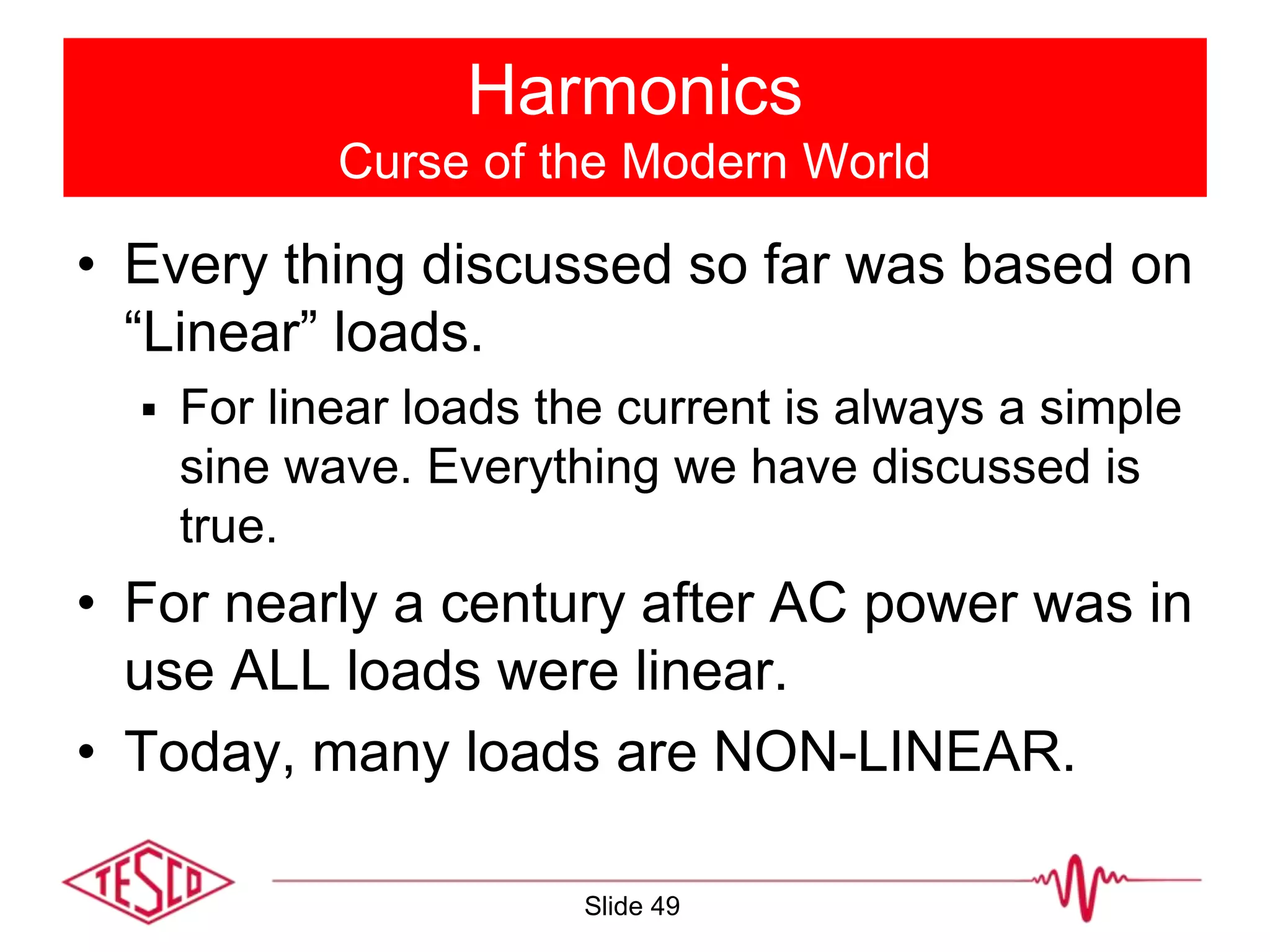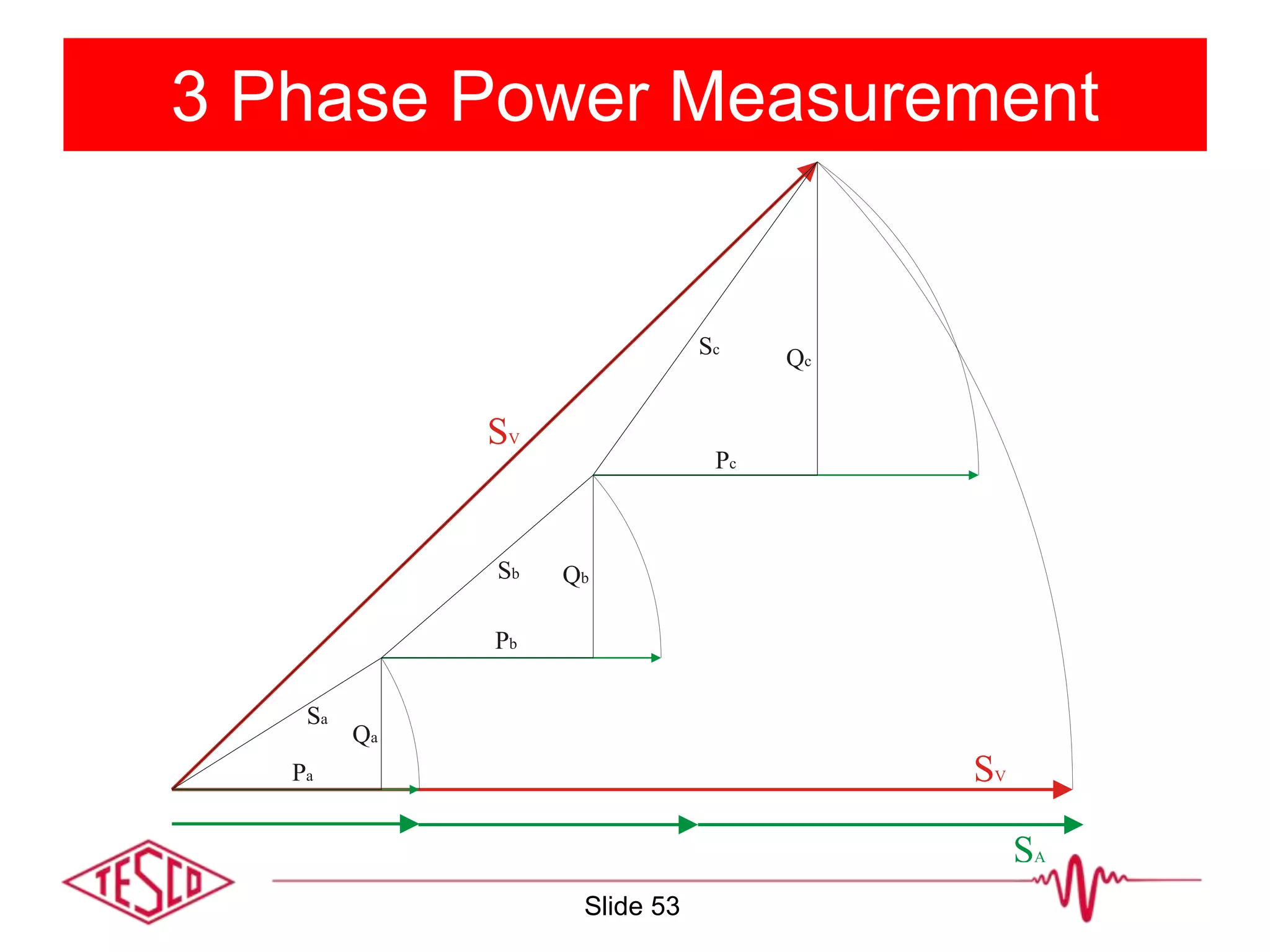1) The document discusses three-phase power theory, including basic assumptions about three AC voltage sources displaced 120 degrees in time.
2) Key concepts covered include phasors, phase rotation, resistive/inductive/capacitive loads, instantaneous and average power, and Blondel's theorem for measuring power in a multi-wire system.
3) Blondel's theorem states that the total power in an N-wire system can be determined from the readings of N-1 wattmeters.

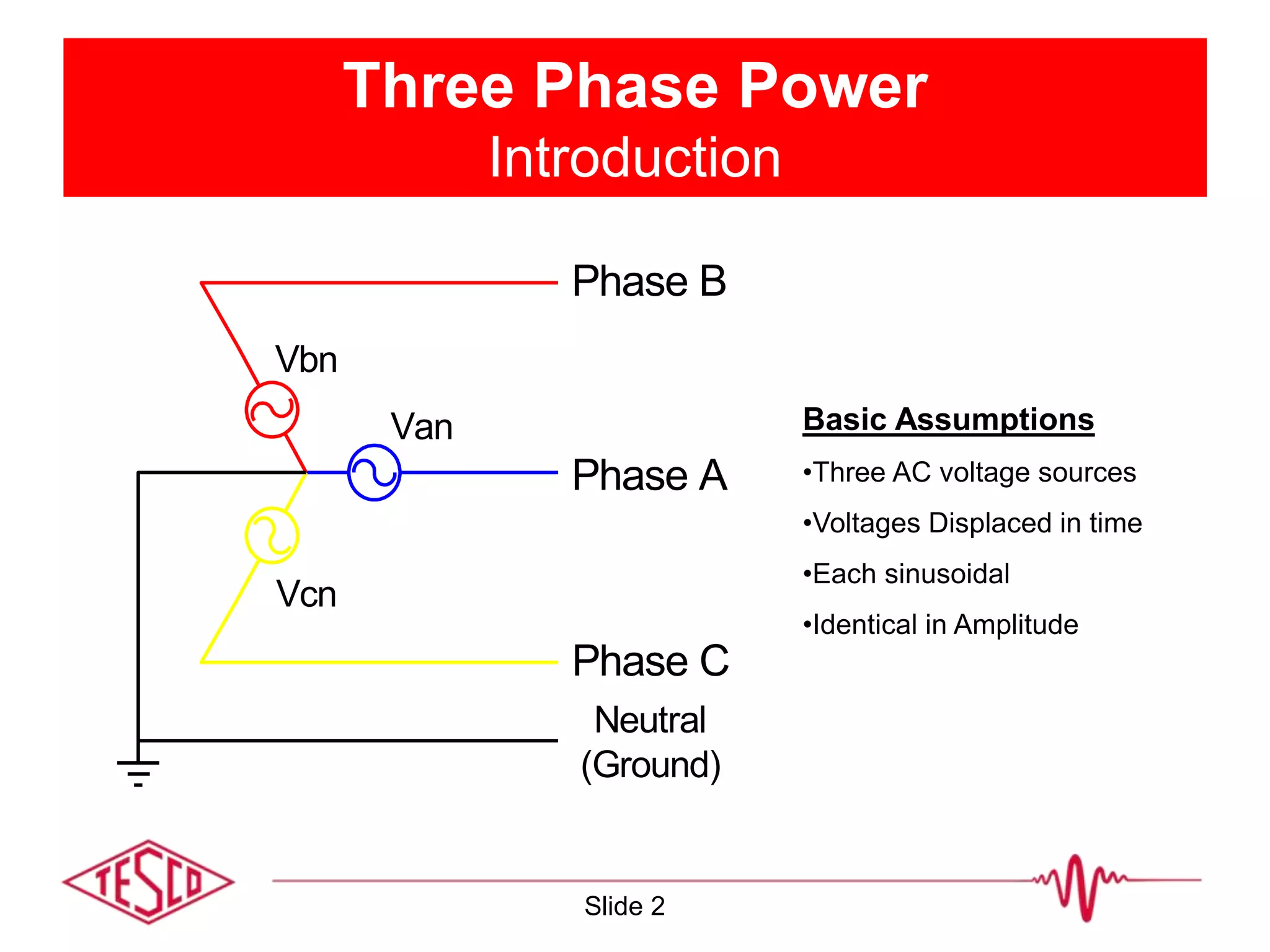
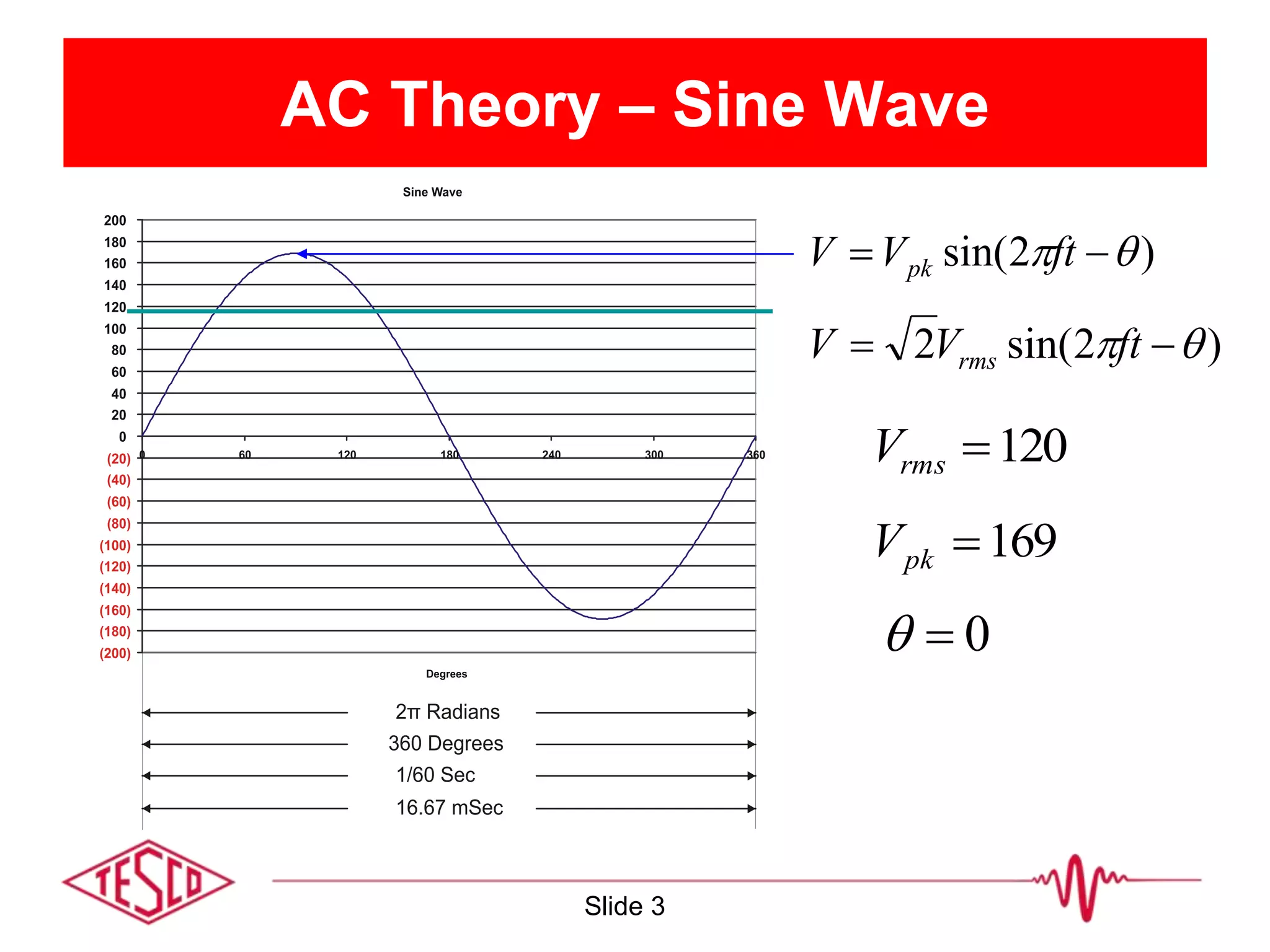




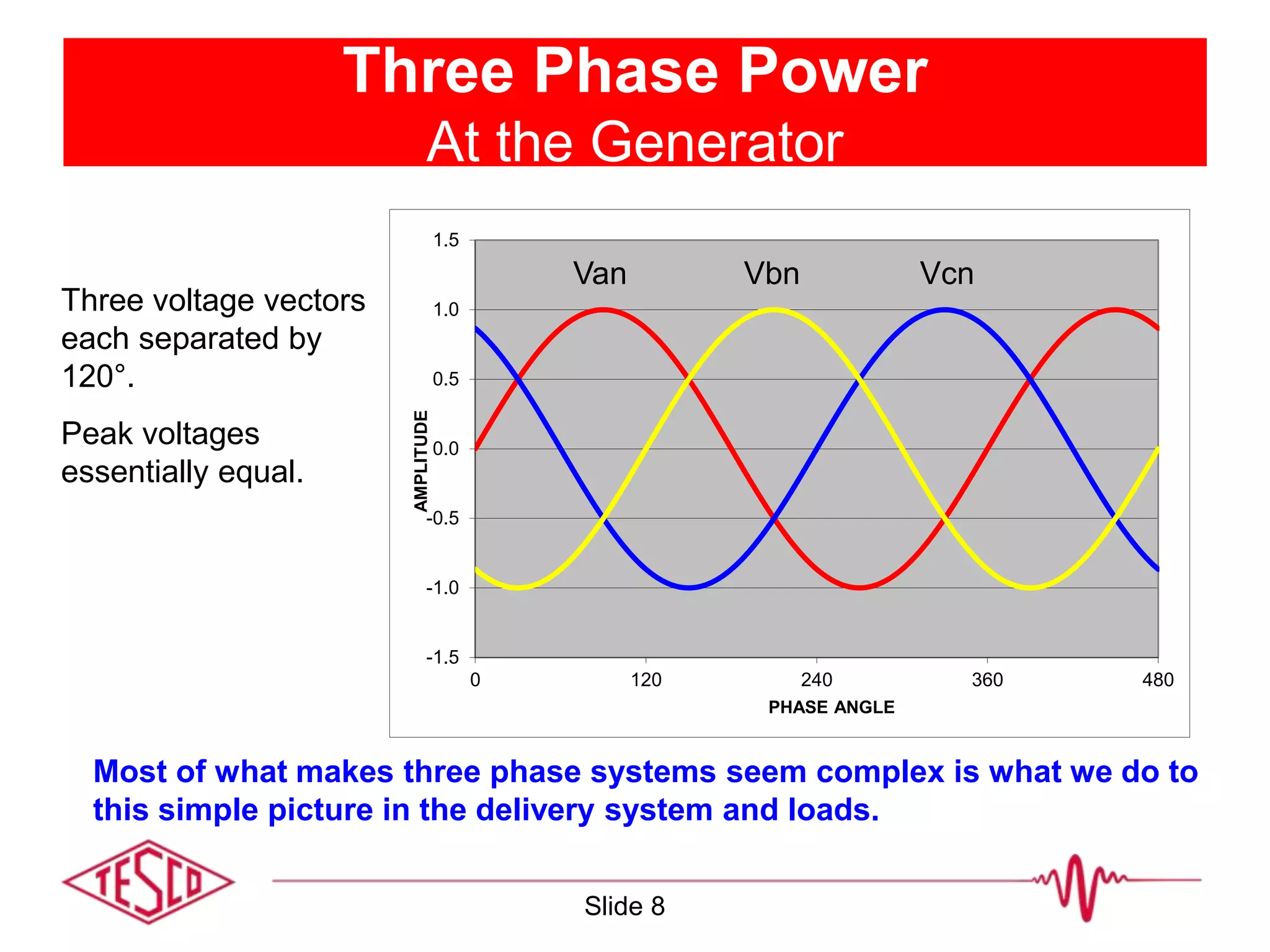

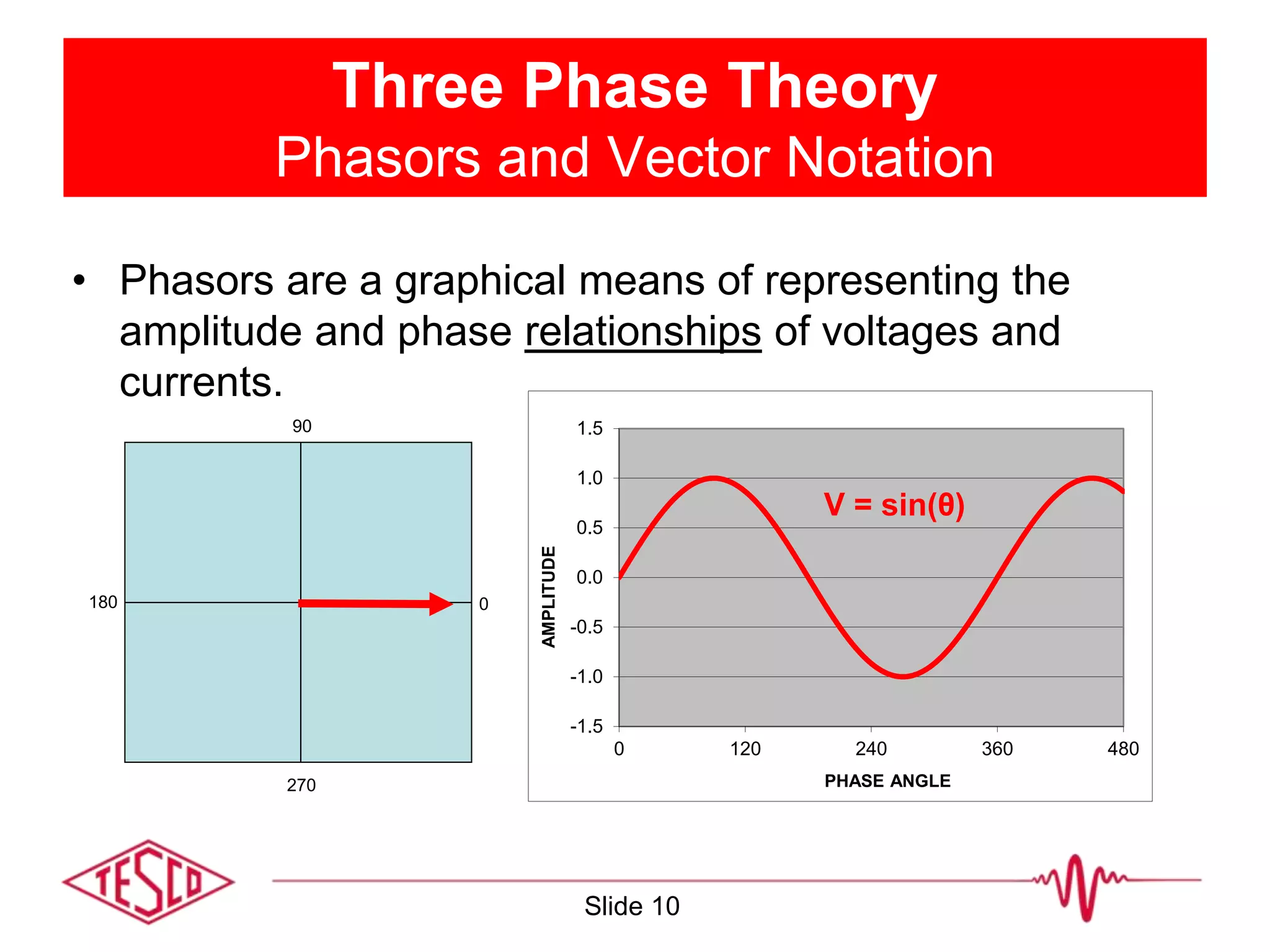



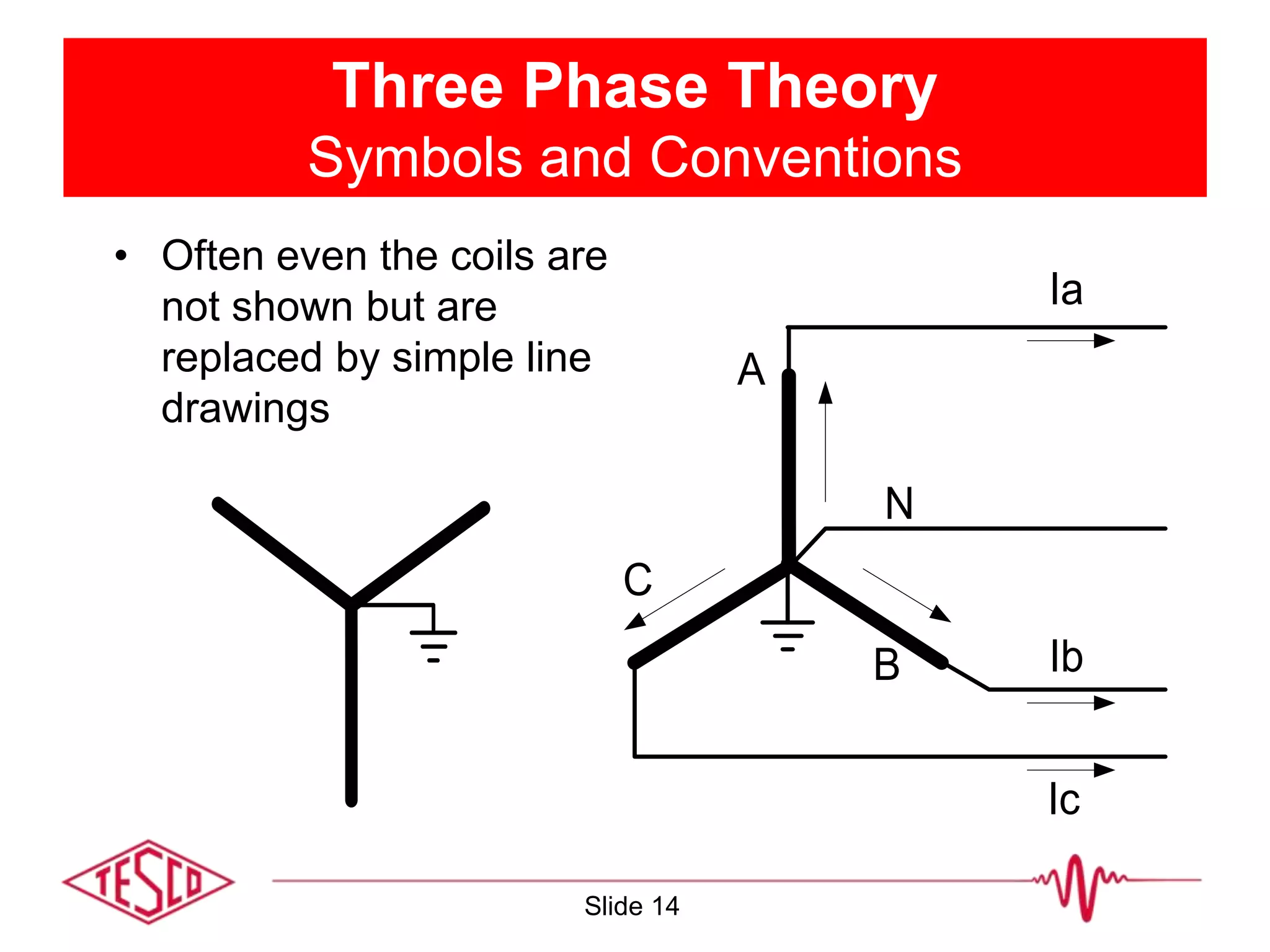
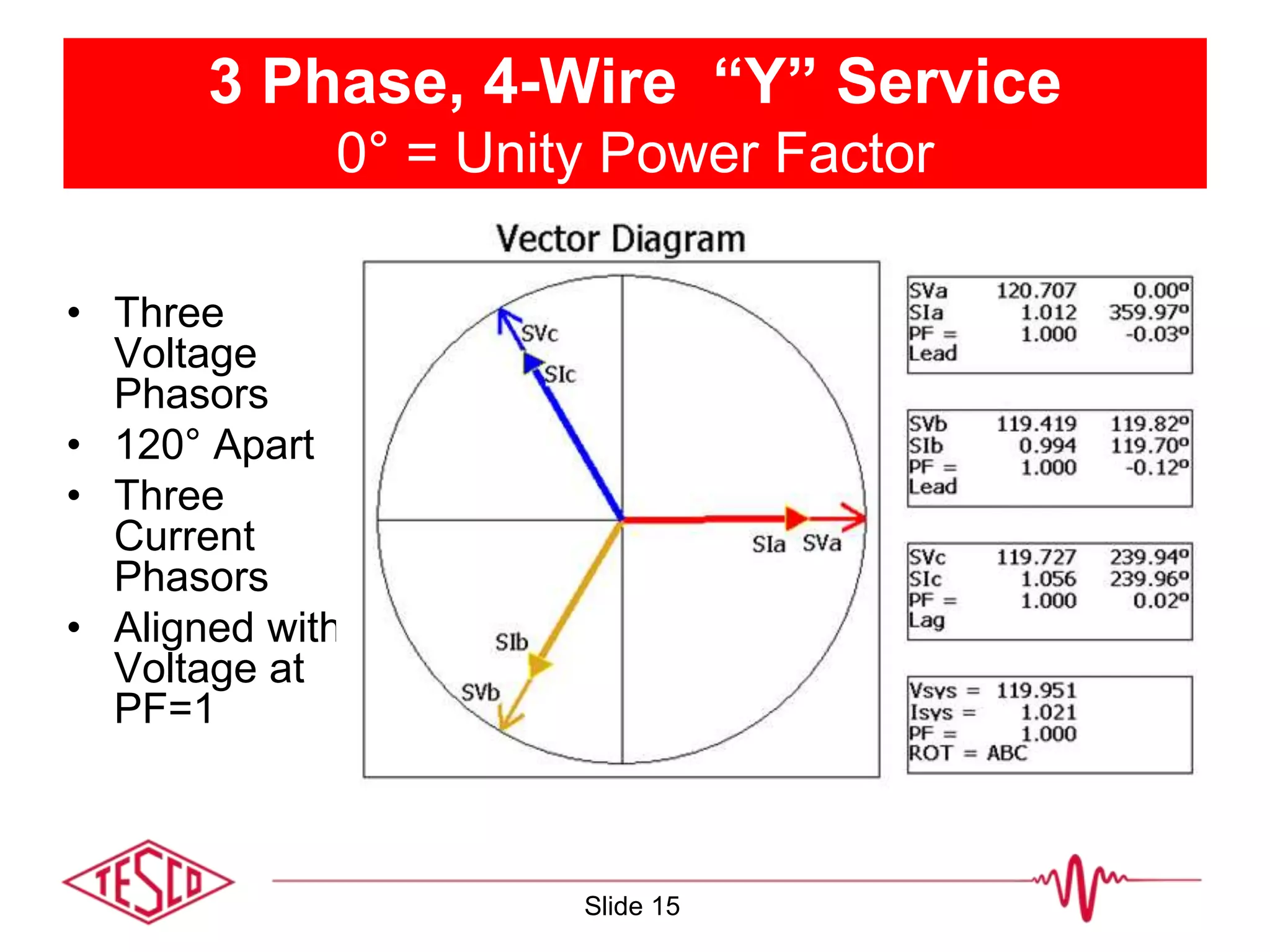
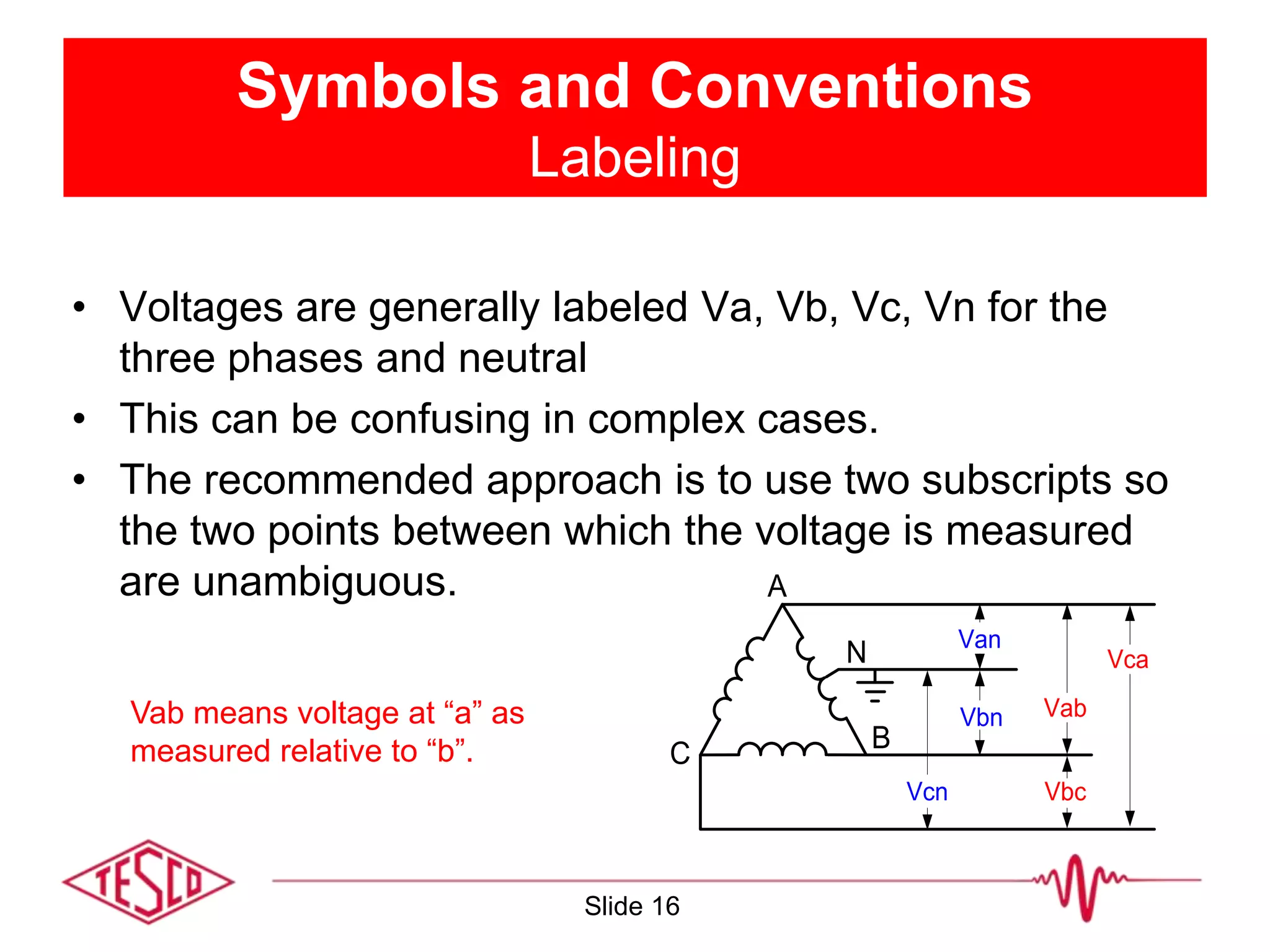
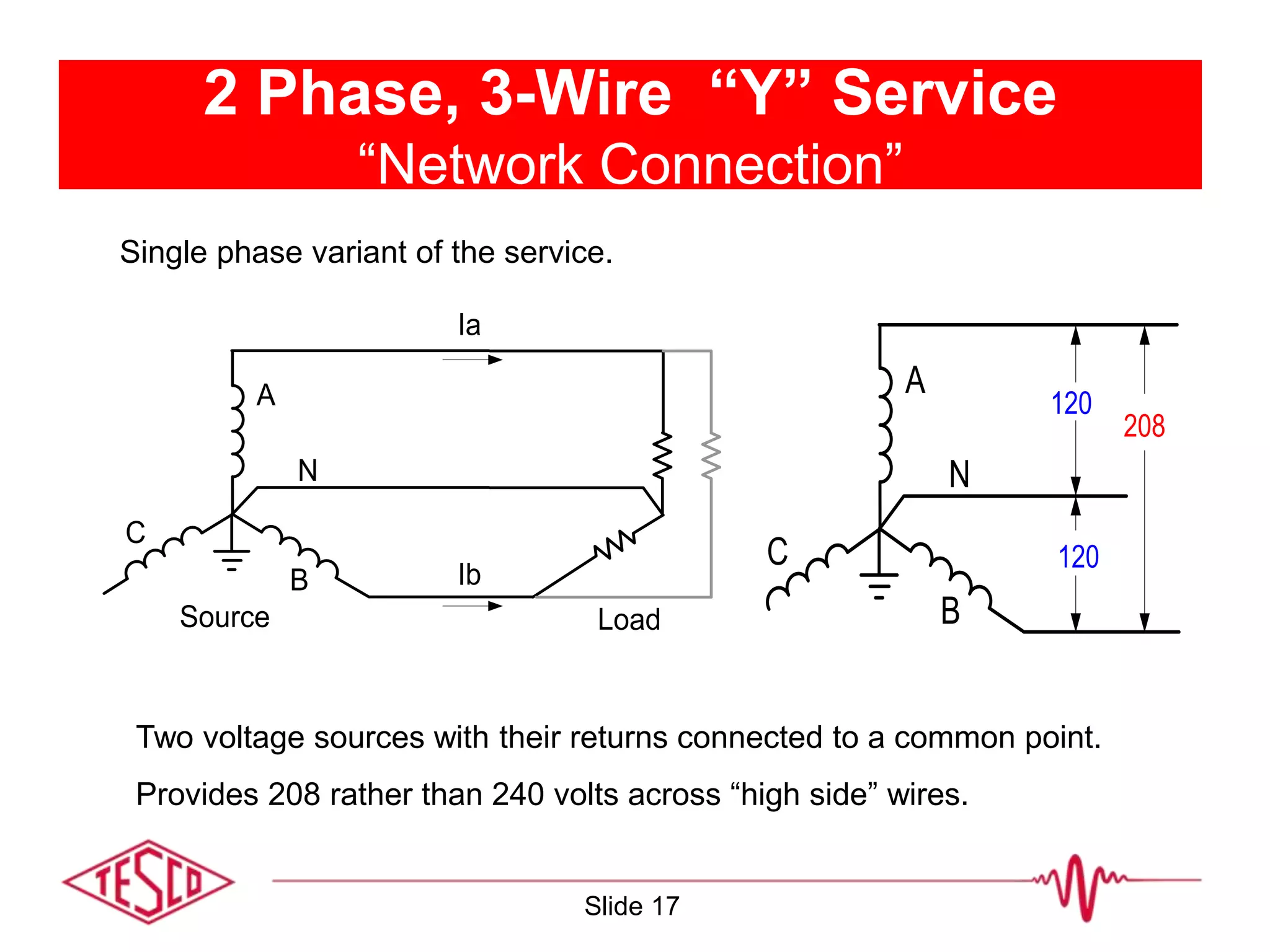
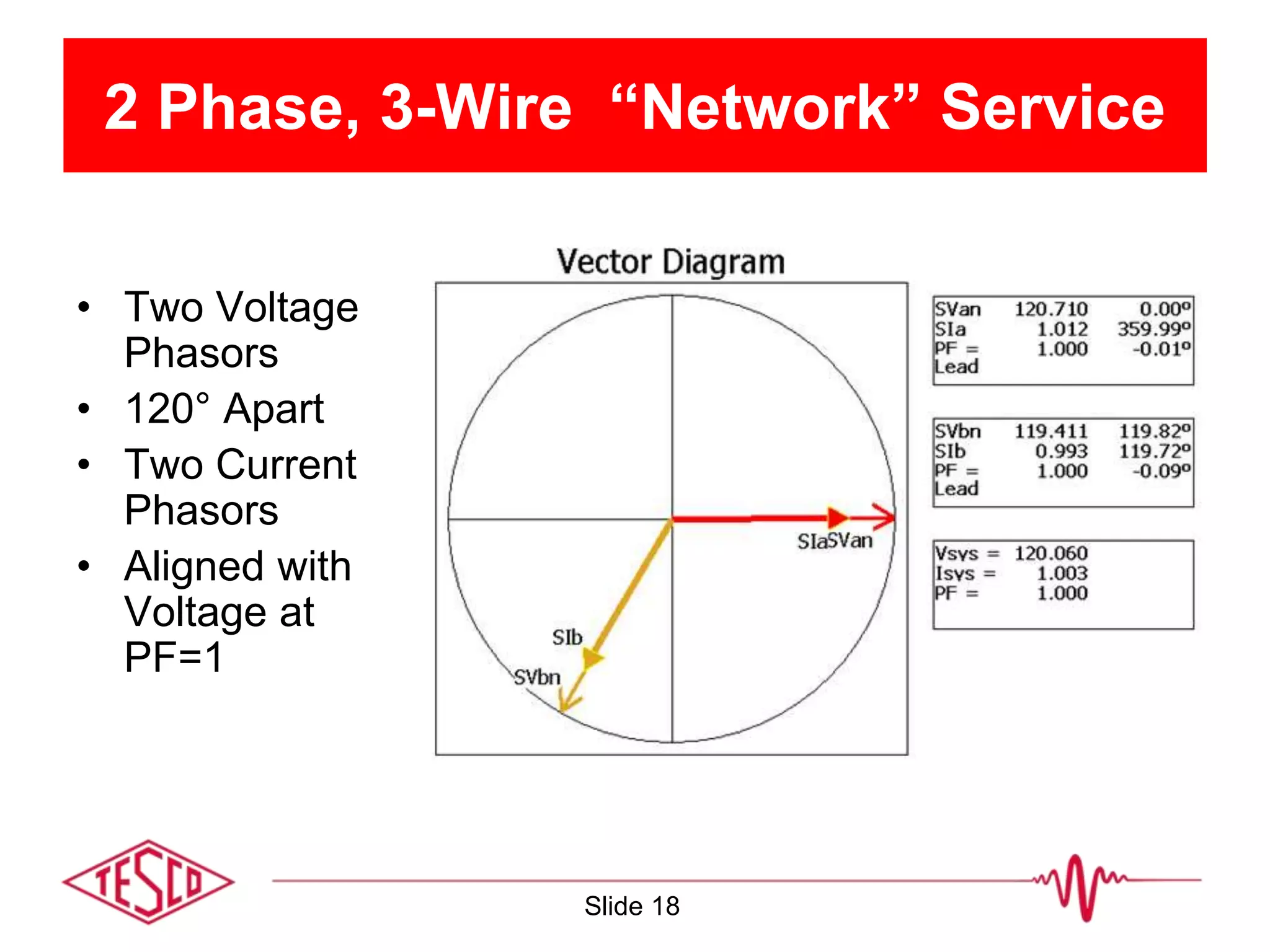

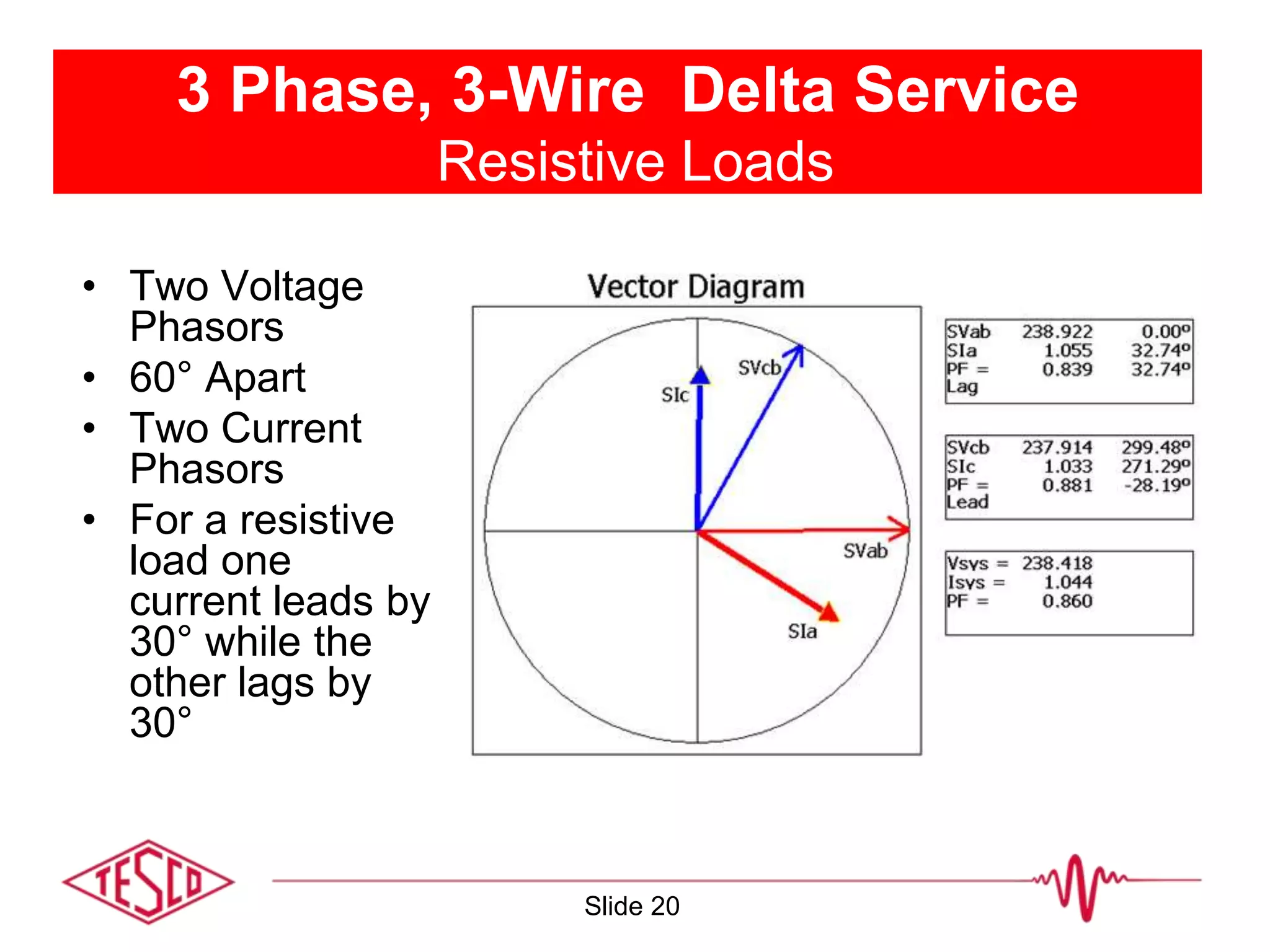





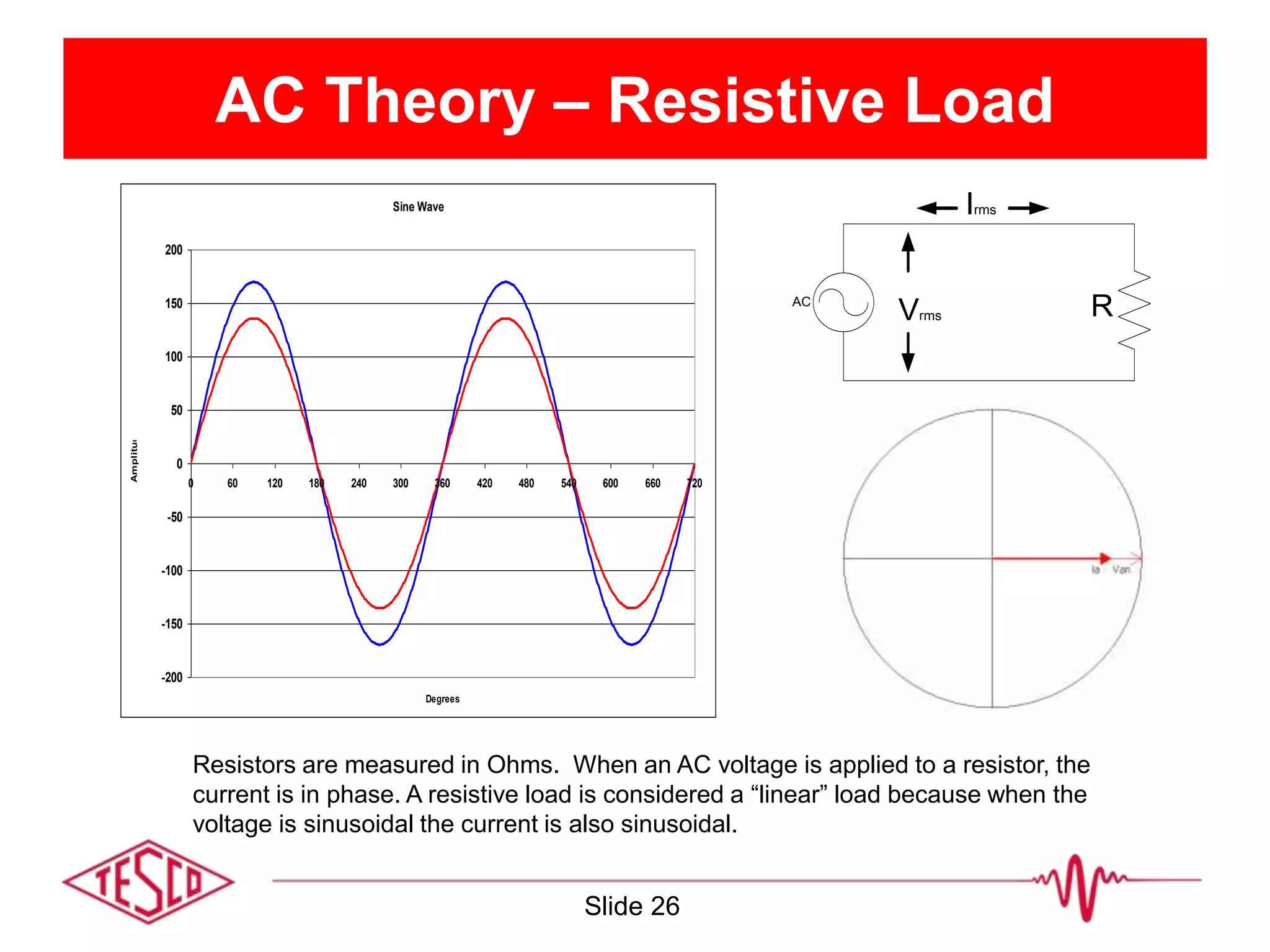



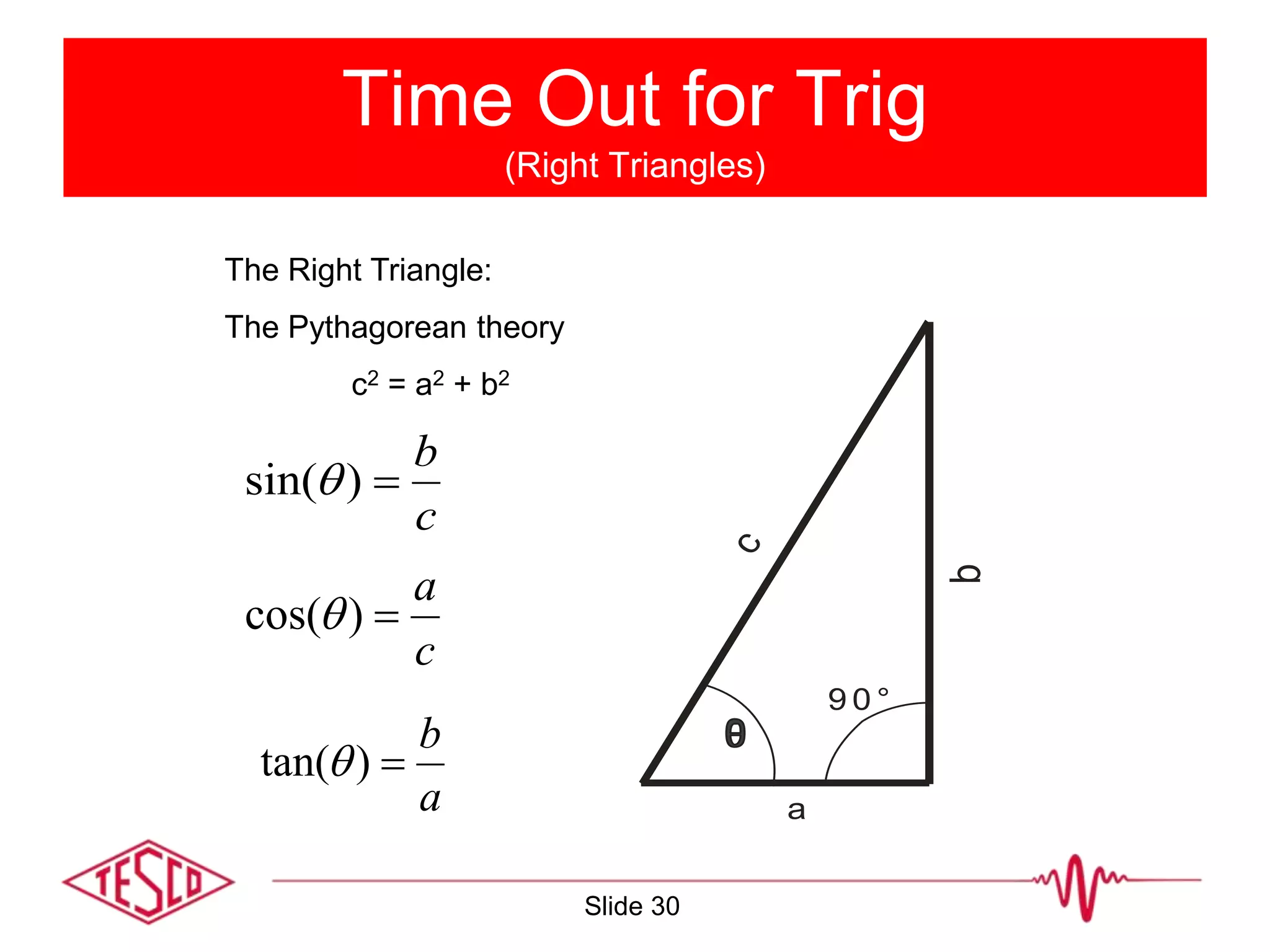



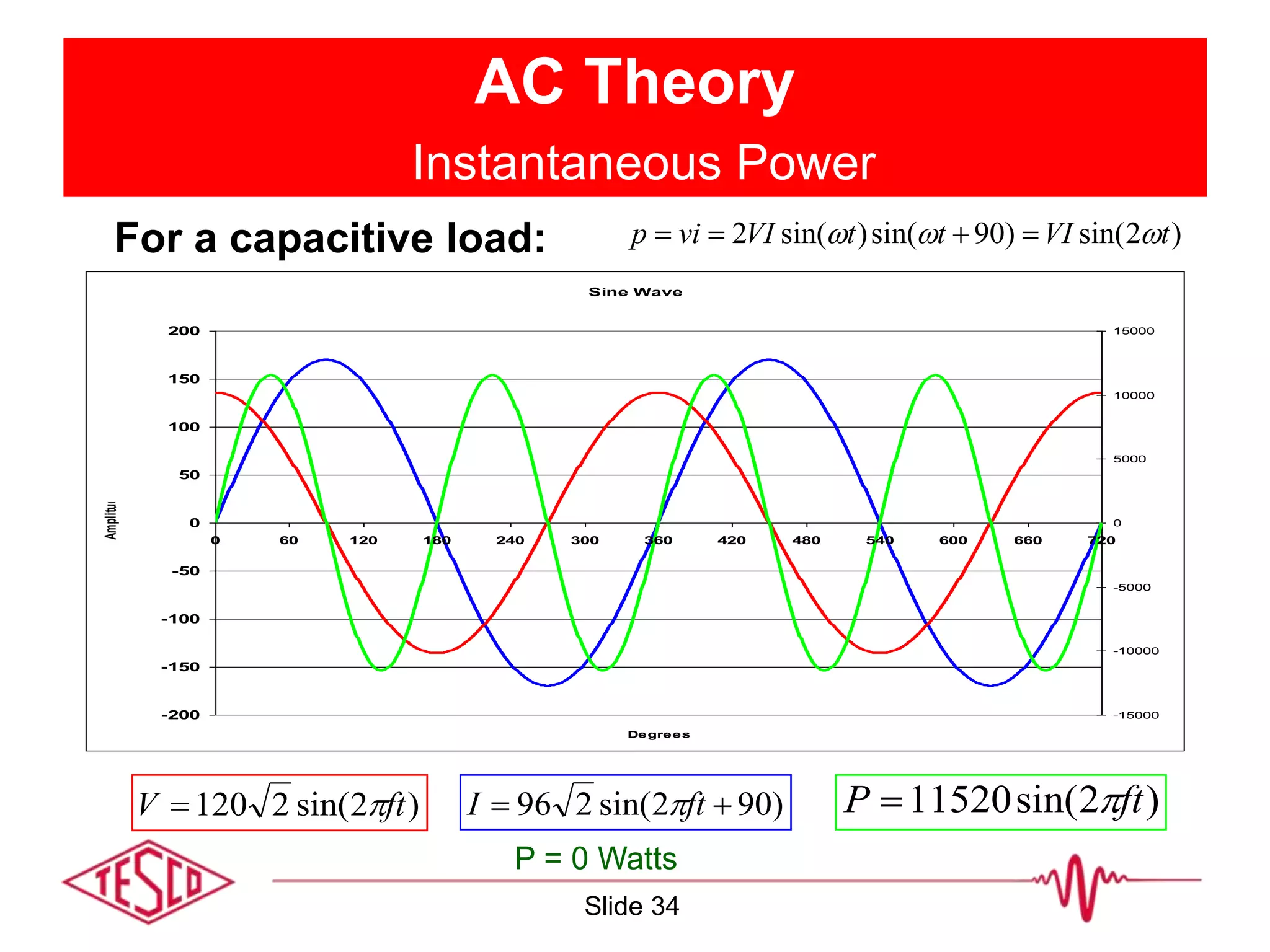

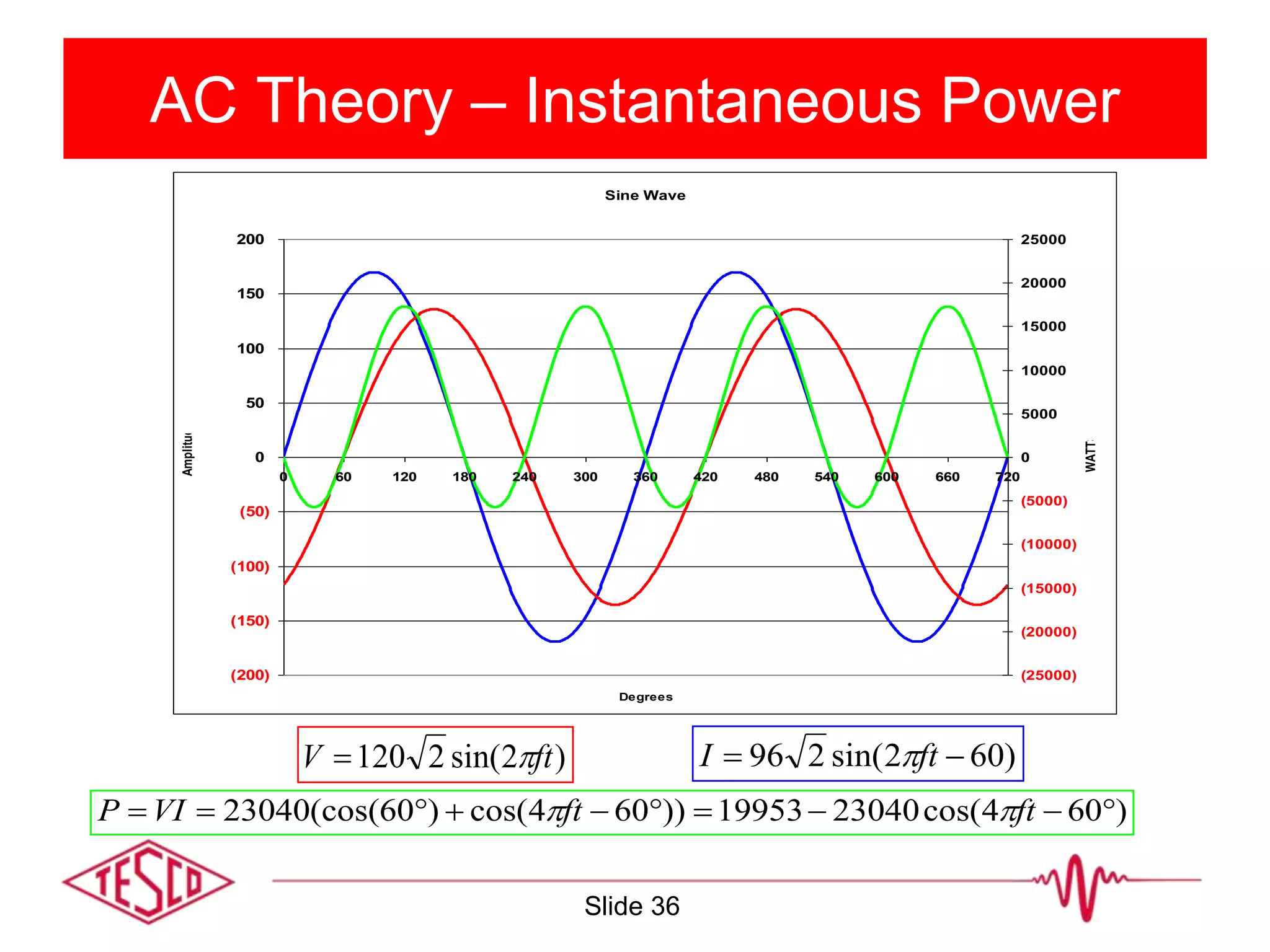




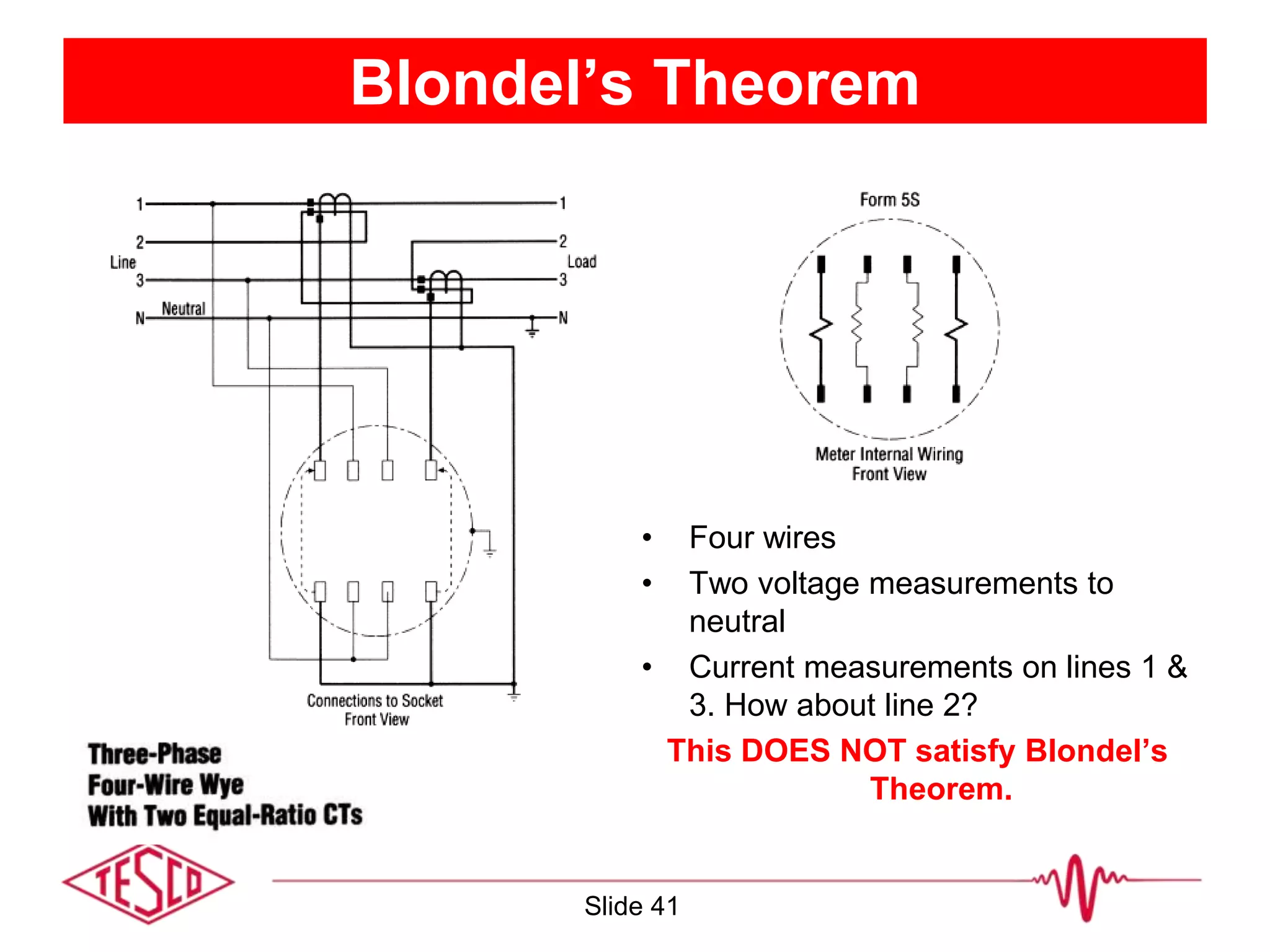
![Blondel’s Theorem
• In the previous example:
What are the “ASSUMPTIONS”?
When do we get errors?
• What would the “Right Answer” be?
• What did we measure?
Slide 42
)cos()cos()cos( cccbbbaaasys IVIVIVP
)]cos()cos([)]cos()cos([ bbcccbbaaasys IIVIIVP ](https://image.slidesharecdn.com/ncmeterschool2017threephasetheorybillhardy06-170714133230/75/Three-Phase-Theory-42-2048.jpg)


